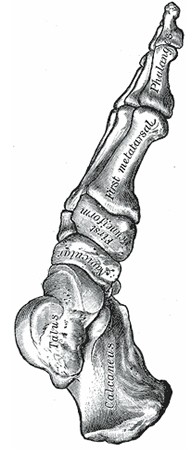
Learning objectives are organized into levels. Learn more.
Tissues pt 1
Tissues pt 2
Integument
Terminology
Skeletal tissue & skeleton organization
Osteogenesis & calcium homeostasis
Articulations
Muscle tissue
Physiology of muscle contraction
Muscle metabolism & innervation
Muscle actions & identification
Nervous tissue &
NS organization
Neuron function
Brain & cranial nerves
Spinal cord & spinal nerves
Pathways & integrative functions
Autonomic nervous system
Sensory systems